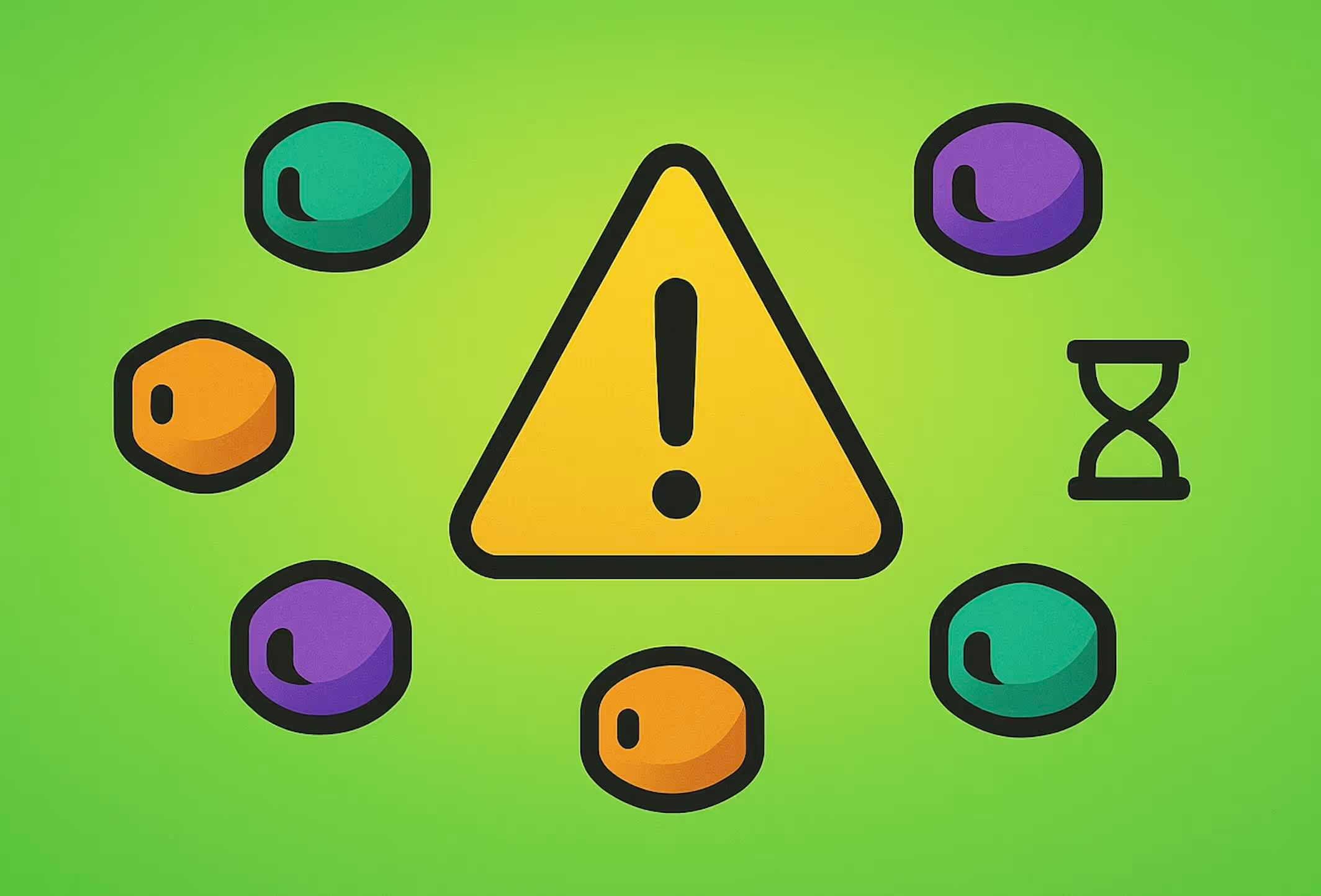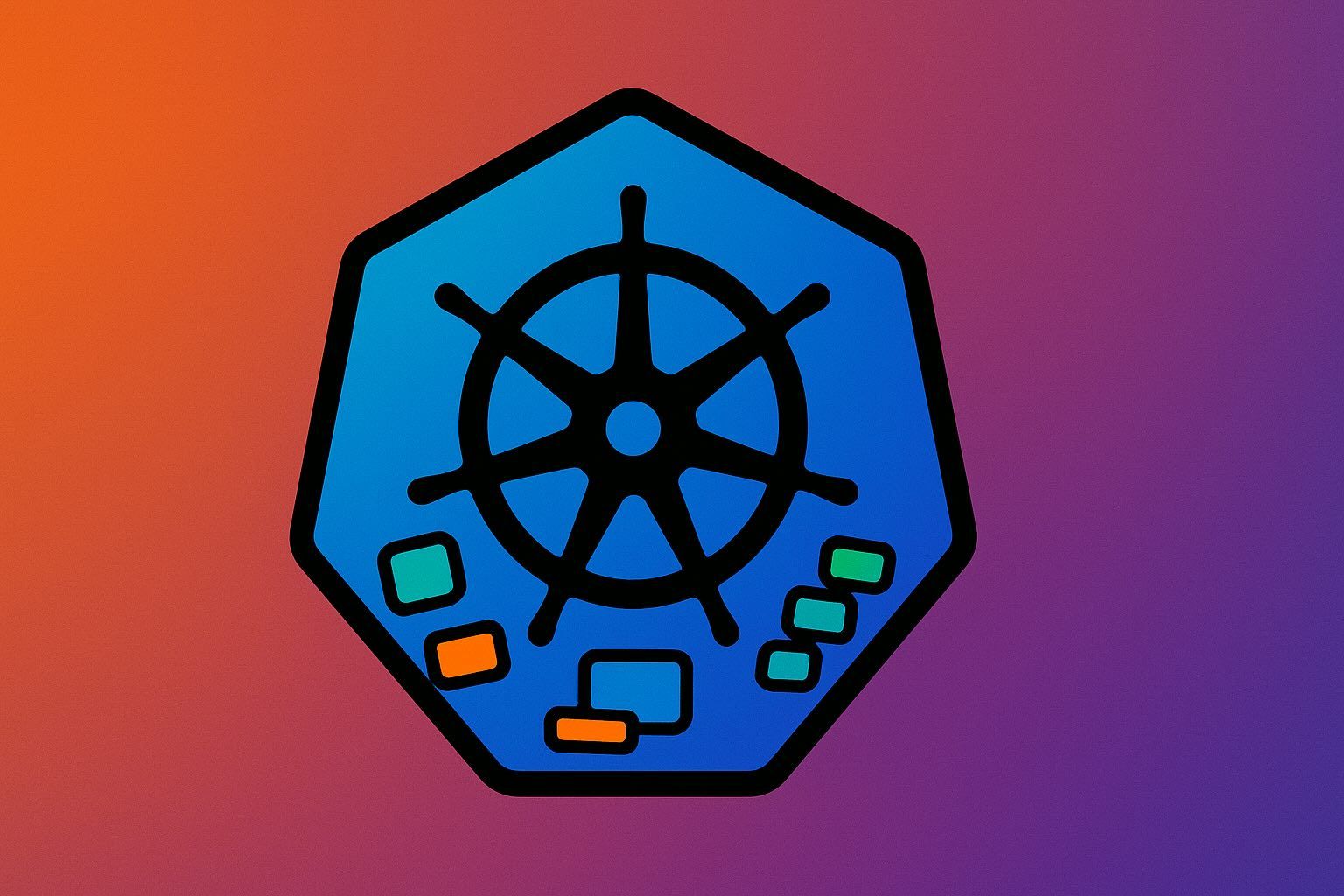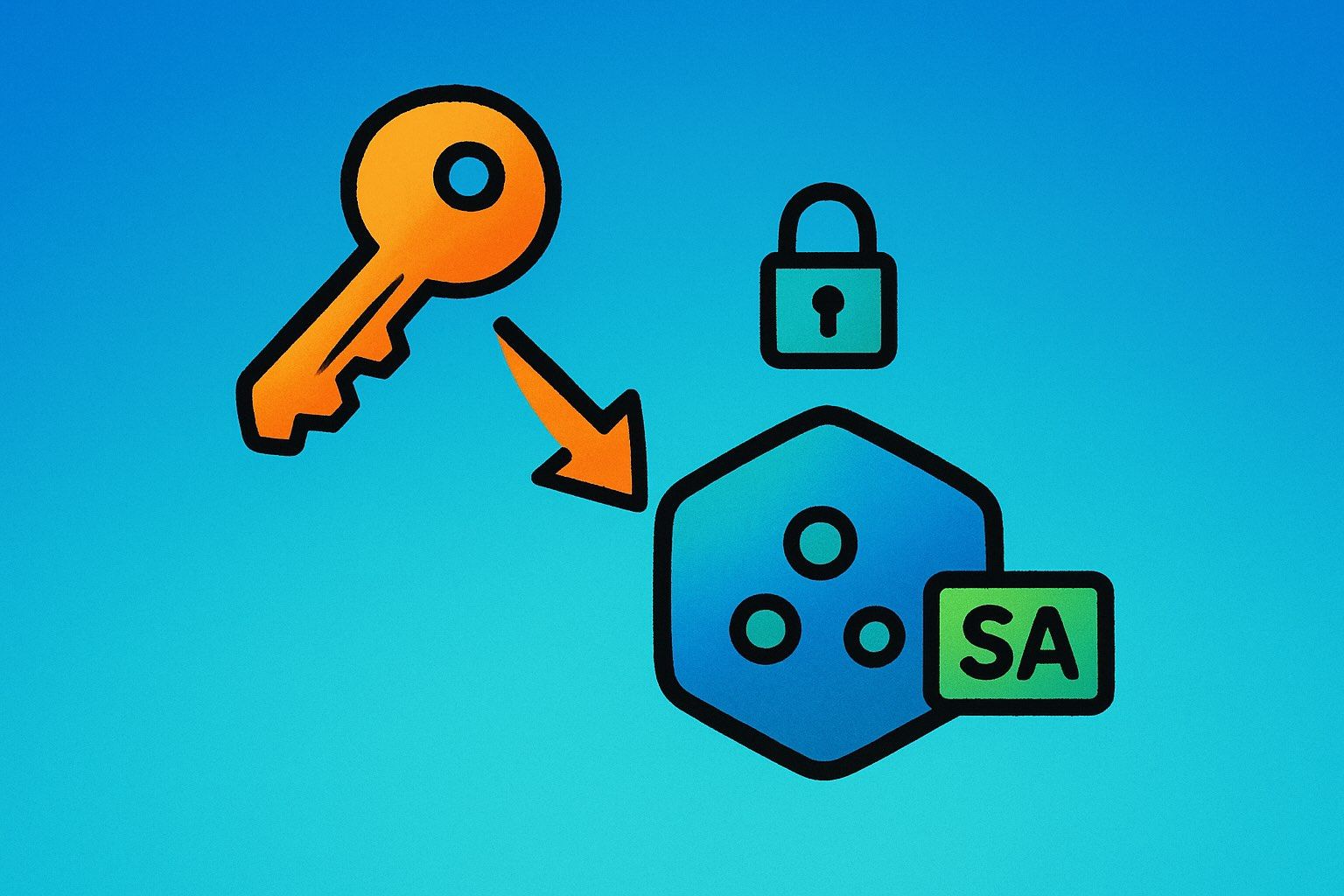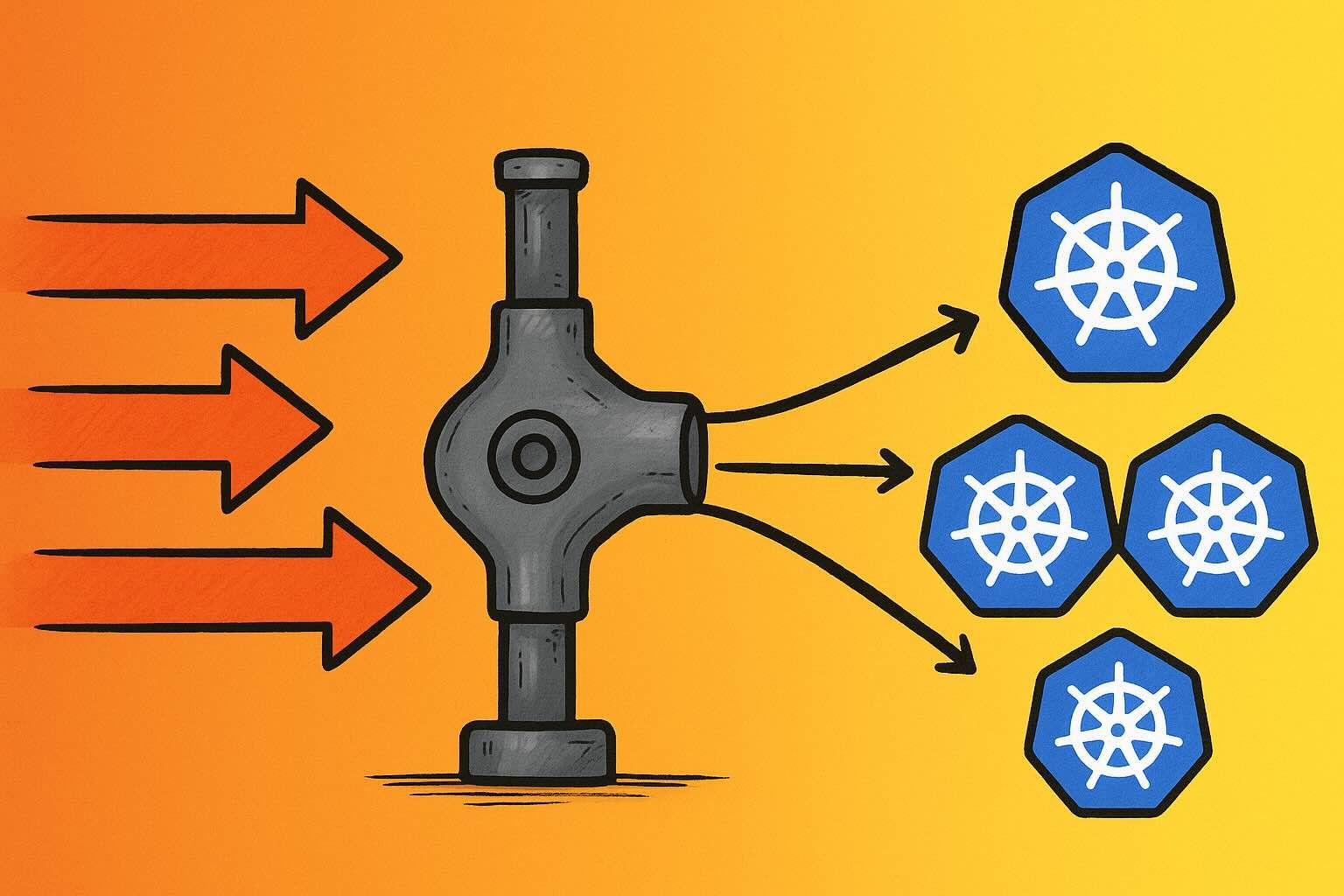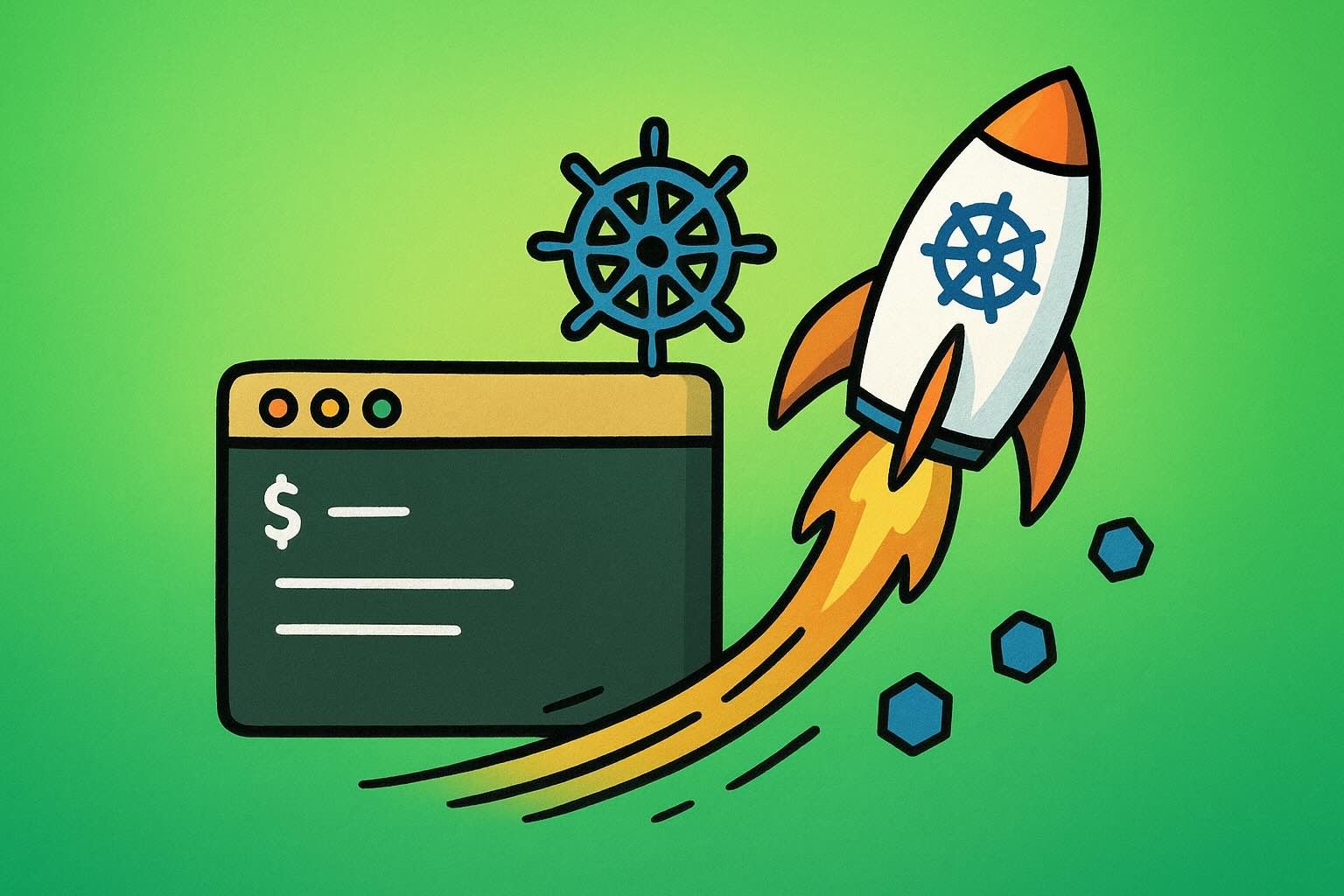When kubernetes pods stuck in pending state or display ImagePullBackOff errors, deployments grind to a halt. These pod lifecycle issues represent the most common kubernetes troubleshooting scenarios that DevOps teams encounter daily. Understanding how to quickly diagnose and resolve these kubernetes deployment failures saves hours of debugging and prevents cascading cluster problems.
This guide provides step-by-step solutions for fixing kubernetes imagepullbackoff errors and resolving pending pod scheduling issues, along with proven prevention strategies to maintain stable container orchestration.
Quick Diagnosis: Identifying ImagePullBackOff vs Pending Issues
The first step in kubernetes cluster troubleshooting involves correctly identifying whether you’re dealing with ImagePullBackOff or pending pod issues. These kubernetes pods exhibit distinct symptoms that require different troubleshooting approaches.
ImagePullBackOff Error Messages
ImagePullBackOff occurs when Kubernetes cannot pull container images from registries. Check for these common error patterns:
kubectl get podsNAME READY STATUS RESTARTS AGE
webapp-7d4f8b6c5d-xyz 0/1 ImagePullBackOff 0 2mUse kubectl describe pod to identify specific docker image pull failures:
kubectl describe pod webapp-7d4f8b6c5d-xyzLook for events indicating container registry authentication problems or invalid image references.
Pending Pod Scheduling Symptoms
Pending pods remain unscheduled due to resource constraints, node affinity rules, or scheduling conflicts. These pods never attempt container creation:
kubectl get pods -o wideNAME READY STATUS RESTARTS AGE NODE
database-abc123-def 0/1 Pending 0 5m <none>Pending pods show <none> in the NODE column, indicating kubernetes cannot find suitable nodes for scheduling.
Step-by-Step ImagePullBackOff Troubleshooting
ImagePullBackOff errors stem from docker image pull failures caused by authentication issues, incorrect image names, or network connectivity problems. Follow this systematic approach to resolve container registry authentication and image access issues.
Checking Image Names and Tags
Verify image specifications in your kubernetes manifest validation process:
kubectl get deployment webapp -o yaml | grep image:Common image name errors include:
- Typos in repository names or tags
- Missing registry prefixes for private repositories
- Using non-existent image versions
- Incorrect image architecture for cluster nodes
Configuring ImagePullSecrets for Private Registries
Private registry authentication requires properly configured ImagePullSecrets. Create docker registry credentials:
kubectl create secret docker-registry regcred \
--docker-server=your-registry.com \
--docker-username=your-username \
--docker-password=your-password \
[email protected]Add ImagePullSecrets to your deployment configuration:
apiVersion: apps/v1
kind: Deployment
spec:
template:
spec:
imagePullSecrets:
- name: regcred
containers:
- name: webapp
image: your-registry.com/webapp:latestTest image access from cluster nodes to verify container registry authentication:
kubectl run debug --image=busybox --rm -it --restart=Never -- shNetwork Connectivity Troubleshooting
Network issues prevent kubernetes cluster troubleshooting of registry access. Verify DNS resolution and firewall rules:
kubectl get events --sort-by=.metadata.creationTimestampCheck for error messages indicating network timeouts or DNS resolution failures affecting docker image pull operations.
Resolving Pending Pod Issues
Pending pods indicate kubernetes namespace configuration problems, resource quota violations, or node scheduling constraints. These pod scheduling problems require systematic resource allocation analysis.
Resource Quota and Limits Problems
Insufficient kubernetes node resources cause pod scheduling failures. Check cluster capacity:
kubectl top nodes
kubectl describe nodesExamine resource requests versus available capacity:
kubectl describe pod pending-pod-nameLook for FailedScheduling events indicating insufficient CPU, memory, or storage resources. Adjust resource requests or add cluster nodes to resolve capacity constraints.
Node Affinity and Taints Troubleshooting
Node affinity rules and taints restrict pod placement, causing scheduling conflicts. Review node labels and taints:
kubectl get nodes --show-labels
kubectl describe node node-nameCheck pod affinity requirements:
kubectl get pod pending-pod -o yaml | grep -A 10 affinityModify node selectors or tolerations to match available nodes:
spec:
tolerations:
- key: "node-type"
operator: "Equal"
value: "compute"
effect: "NoSchedule"Verify that nodes exist matching the pod’s scheduling requirements.
Prevention Best Practices
Implement proactive measures to prevent recurring kubernetes deployment failures. These kubernetes troubleshooting strategies reduce ImagePullBackOff and pending pod occurrences.
Image Management Best Practices
- Use specific image tags instead of
latestfor consistent deployments - Implement image scanning and vulnerability management
- Configure pull policies appropriately (
Always,IfNotPresent,Never) - Maintain private registry uptime and authentication validity
- Test image accessibility before deployment
Resource Planning and Monitoring
- Set appropriate resource requests and limits for all containers
- Monitor cluster resource utilisation trends
- Implement resource quotas at namespace level
- Use Vertical Pod Autoscaler for rightsizing recommendations
- Plan capacity scaling before resource exhaustion
Cluster Health Monitoring
Establish comprehensive monitoring for early detection of container orchestration issues:
kubectl get events --watch
kubectl top pods --all-namespacesConfigure alerting for pod failure patterns and resource threshold violations. Regular kubernetes cluster troubleshooting prevents minor issues from becoming service outages.
Node Management
- Maintain adequate node capacity headroom
- Implement proper node lifecycle management
- Configure appropriate taints and tolerations
- Monitor node health and replace failing instances
- Use cluster autoscaling for dynamic capacity management
By following these systematic troubleshooting approaches and prevention strategies, teams can quickly resolve kubernetes imagepullbackoff and pending pod issues while building resilient container orchestration practices. Regular monitoring and proactive resource management significantly reduce the frequency of these common kubernetes deployment failures.
